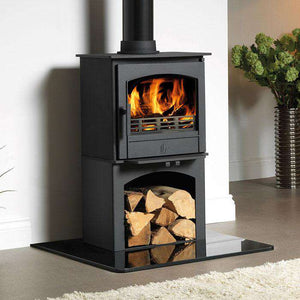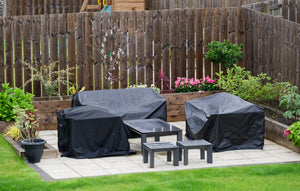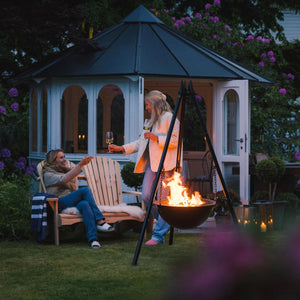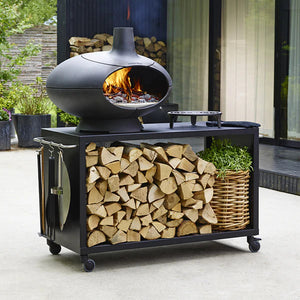Does burning wood from the sea do any harm in a wood burner

What wood can I burn in a stove? This is a question that has crossed the mind of most wood burner owners. Sadly, the list of wood that you can’t burn may be longer than you think. It’s especially tempting to want to burn sea wood or driftwood in your burner as it’s readily available and free. But in doing so, you are potentially harming both your stove and the environment.
Impact on your wood stove
Burning sea wood can cause damage to your wood stove. This is because the wood moisture level of driftwood is often still 10% or more even when it has been left to dry out completely. As this moisture comes from the sea, it has a high salt content which then turns to corrosive steam when the wood is burnt. This is particularly abrasive to cast iron and steel wood burners and can severely re-duce the life of your stove.
Impact on the environment
By burning sea wood, you also run the risk of releasing toxic chemicals into the air and breathing that air in. This is, again, because the driftwood contains a lot of salt from the sea and when burnt, that salt releases harmful dioxins into the atmosphere.
Inhaling these dioxins is dangerous and can cause health problems (including possible links to cancer). Children, elderly adults and people with asthma are, particularly at risk. You should never burn sea wood in your stove if you use its surface to warm food or bake potatoes inside it. This is because these harmful chemicals will transfer directly to your food and then be ingested when you eat.
What other wood should you avoid?
It’s not just sea wood that should be avoided. There are also several other kinds of wood which shouldn’t be burnt in your wood stove. Green wood (or freshly cut wood) contains far too much sap and moisture which makes it incredibly hard to light. Whilst softwood (such as pine or cypress) burns too fast and makes a lot of smoke. This can coat your wood burner with messy soot which is hard to clean.
You should also avoid any wood that is covered with any sort of vines as there is a chance that it could be poisonous. Breathing in the smoke of poison ivy, for example, can cause severe lung irrita-tion and allergic reactions.
What wood should be used instead?
Where possible, you should always try and use hardwood in your wood-burning stove. Hardwood logs (such as those made out of ash, oak and elm) are much heavier than softwood which means that they burn for longer and produce more heat, which means fewer trips to the wood store for you as you will have to refill the stove less often.
You should also make sure that your chosen wood that is fully dried, with a maximum 20% moisture content. You can usually tell the moisture content from the noise that the wood makes when knocked together. Dry wood will make more of a crack than the hard thud of damp wood. You can also buy special meters that measure the moisture content of wood, so you know you are choosing the best for your wood burner.
If you have any questions or would like to enquire further about the products we sell, don’t hesitate to contact us on 01226 816 051 or via email sales@stovesupermarket.co.uk.
- Stovesupermarket Admin








